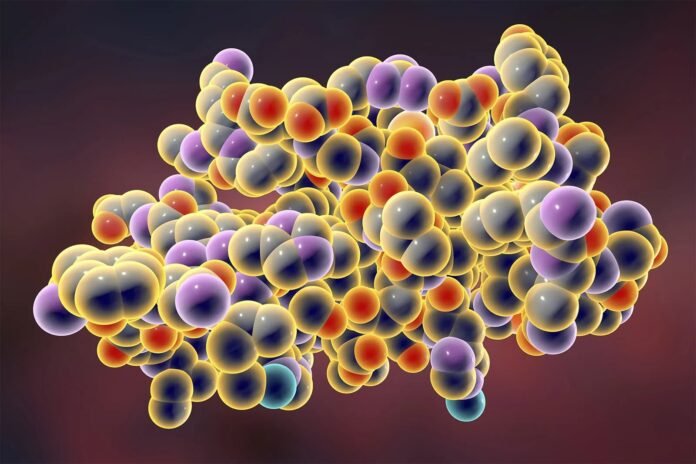In the world of biological chemistry, researchers often look into the basic question of what is the macromolecule are for monosaccharide?. Carbohydrates are the main macromolecule that is responsible for synthesizing and organizing these sugar units. The complex molecular structures they form play an essential role in living systems as they provide vital pathways to store energy, cellular communication and structural support. The macromolecule functions as the molecular scaffold that permits monosaccharides the ability to join and form more complex molecules that are crucial to the biological processes.
The field of molecular biology is fascinating and complex with carbohydrates being the vital building blocks of life. These fascinating molecules show the ability to change and evolve, forming complex structures that are able to support almost each biological activity. From providing instant energy to building the structural components of cells carbohydrates are a key component for biological complexity.
The Essence of Simple Sugars
In the course of examining basic biochemical concepts Researchers are often trying to find out “what is monosaccharide simple definition of. Monosaccharides are the most basic and fundamental type of carbohydrate that is found in biological systems. It is a sugar unit made up of carbon, hydrogen as well as oxygen. These fundamental molecular structures are the main components from which higher-level carbohydrate compounds are made.
Glucose stands out as one of the most prominent and biochemically significant monosaccharide. It is the main energy source that drives metabolic processes in cells with astonishing efficacy and accuracy. The sugar is an essential role in a variety of biological processes, from supplying the cells with energy immediately as well as participating in intricate signals. The molecular structure of the sugar allows for quick absorption as well as utilization which makes it an integral part of the cellular metabolism.
Unraveling Sugar Molecule Complexity
The most frequent question asked in classrooms and biochemistry labs is” is sucrose a monosaccharide. The answer is no. The term “sucrose” is a reference to a diaccharide. Monosaccharides are single sugar units which provide instant energy, sucrose has an intricate molecular structure which requires further breakdown by enzymes before it is utilized by cells.
The distinctness between monosaccharides and higher-level sugar molecules reveals the amazing variety of carbohydrate structure. Each sugar molecule has its own unique properties and functions, showing the advanced chemical engineering found within living organisms. From simple glucose molecules to complex polysaccharides sugars play a crucial role in keeping the most basic processes of life.
Molecular Architecture and Classification
Monosaccharides have a specific molecular structure which defines their purpose. They typically follow an chemical formula C6H12O6 These molecules have certain functional groups, such as the hydroxyl (OH) as well as carbonyl group. These groups define their distinctive properties. Scientists categorize these sugars according to the carbon count
- Triose: 3 carbon atoms
- Tetrose: 4 carbon atoms
- Pentose: 5 carbon atoms
- Hexose: 6 carbonatoms
Each classification is a distinct degree of molecular complexity with glucose and hexose sugars playing a major role within biological processes. The exact configuration of the carbon atoms is the key to the nature of the sugar’s chemical property, as well as its reaction and its biological functions.
Biological Significance and Cellular Interactions
Monosaccharides’ function goes much beyond energy production. They play a role in complex cell-to-cell communication processes, act as markers of recognition, and are responsible for the structural integrity of cell membranes. They play an important role in the immune response, cell signaling, and storage of genetic information.
The Broader Significance of Carbohydrate Molecules
What is the macromolecule for monosaccharide? The connection with macromolecules, monosaccharides and the more intricate sugar structures reveal the intricate structure of biological systems. These essential molecular elements play a crucial role in storage of energy as well as structural support and the communication between cells, underscoring their crucial role in the maintenance of the most fundamental processes of life.
Beginning with the basic monosaccharide up to the most complicated polysaccharide carbohydrates have a tremendous capability to adapt and function. They’re more than energy sources, they are powerful molecular machines which drive the complex functions of life itself.
This thorough exploration highlights the complexity and significance of monosaccharides in biological systems explaining how these sugar molecules contribute to the complex molecular machinery that runs life, and bridge the gap between physical structures of chemical compounds and advanced function in living cells.


